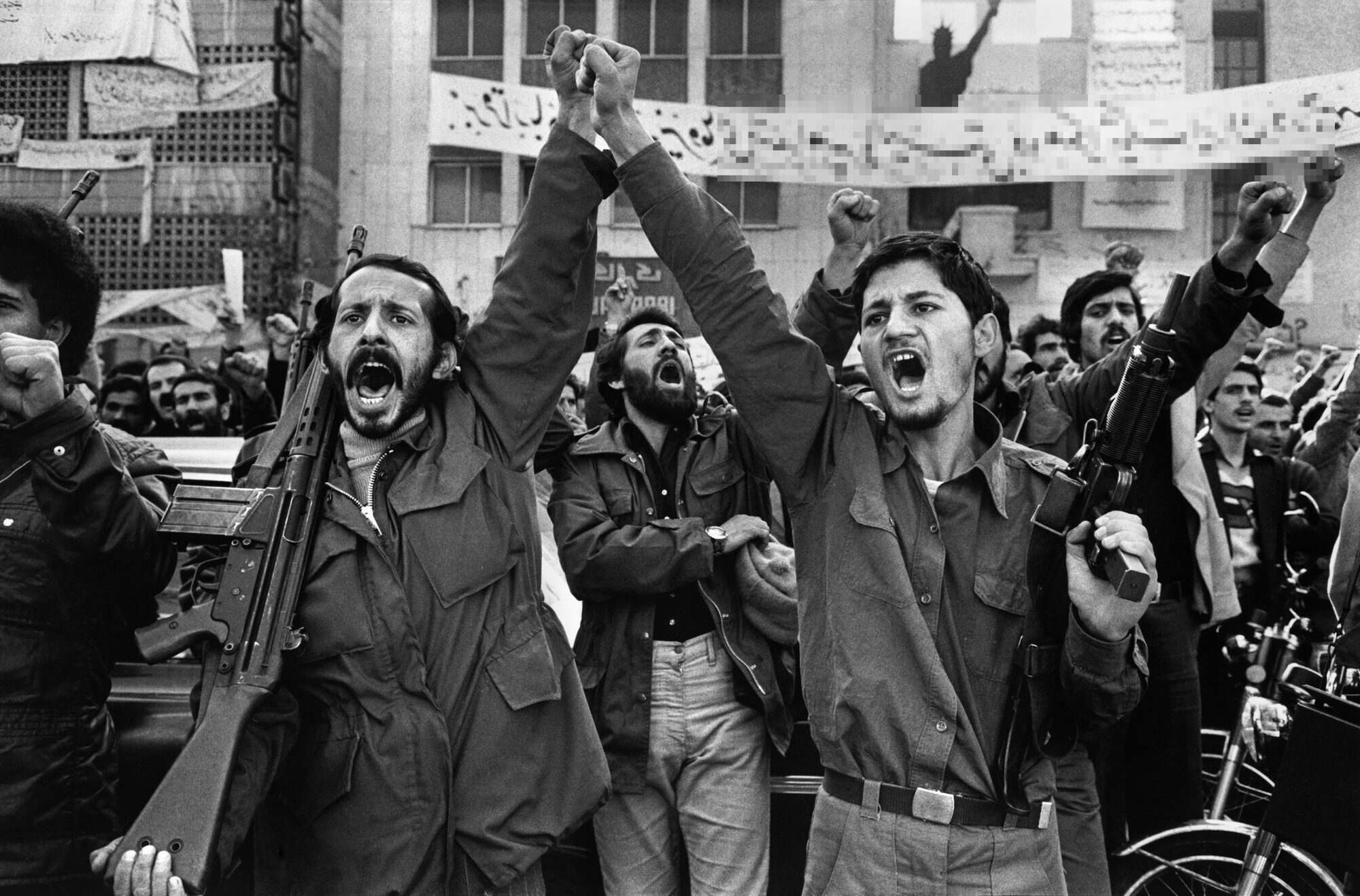
What sparked the Khuzestan Revolt? The Khuzestan Revolt erupted due to a mix of ethnic tensions, economic disparities, and political grievances. Khuzestan, rich in oil, has a significant Arab population that felt marginalized by the central Iranian government. Economic neglect and environmental issues like water shortages added fuel to the fire. The region's residents believed their resources were exploited without fair returns, leading to widespread discontent. Political repression and lack of representation further intensified the situation. This combination of factors created a volatile environment, ultimately igniting the revolt. Understanding these elements helps grasp the complexity behind the unrest in Khuzestan.
Key Takeaways:
- The Khuzestan Revolt was a significant uprising in Iran's history, driven by ethnic and political tensions, leading to lasting impacts on the region's politics, economy, and culture.
- The legacy of the Khuzestan Revolt continues to influence the region, with ongoing tensions between the Arab community and the Iranian government, shaping the current situation in Khuzestan.
Khuzestan Revolt: An Overview
The Khuzestan Revolt was a significant uprising in Iran's history. This event, rooted in ethnic and political tensions, has left a lasting impact on the region. Here are some compelling facts about this historical event.
Historical Background
Understanding the context of the Khuzestan Revolt requires a look at its historical roots.
- Khuzestan is a province in southwestern Iran, rich in oil and home to a diverse population, including Arabs, Persians, and other ethnic groups.
- The revolt took place in 1979, shortly after the Iranian Revolution, which saw the overthrow of the Pahlavi dynasty and the establishment of the Islamic Republic.
- Ethnic Arabs in Khuzestan felt marginalized and sought greater autonomy and recognition of their cultural and political rights.
Key Events of the Revolt
Several pivotal moments defined the Khuzestan Revolt.
- The uprising began in April 1979, with Arab demonstrators demanding autonomy and better living conditions.
- Protests quickly escalated into violent clashes between Arab militants and Iranian security forces.
- The Iranian government responded with a heavy hand, deploying military forces to suppress the revolt.
- Casualties were significant, with many lives lost on both sides during the conflict.
Political and Social Implications
The Khuzestan Revolt had far-reaching political and social consequences.
- The Iranian government viewed the revolt as a threat to national unity and sovereignty.
- Arab activists in Khuzestan faced increased repression and surveillance following the uprising.
- The revolt highlighted the ethnic tensions within Iran, drawing attention to the grievances of minority groups.
- Media coverage of the revolt was limited, with the Iranian government controlling the narrative.
Economic Impact
The economic ramifications of the Khuzestan Revolt were also significant.
- Khuzestan's oil industry was disrupted, affecting Iran's economy.
- The region experienced infrastructure damage due to the conflict, impacting local communities.
- Reconstruction efforts were slow, with many areas struggling to recover from the devastation.
Legacy of the Khuzestan Revolt
The legacy of the Khuzestan Revolt continues to influence the region and Iran as a whole.
- The uprising remains a symbol of resistance for many Arab activists in Khuzestan.
- Memorials and commemorations of the revolt are held annually by some groups.
- The Iranian government has made efforts to address some of the grievances that led to the revolt, though tensions persist.
- Scholars and historians continue to study the revolt, examining its causes and consequences.
International Reactions
The Khuzestan Revolt also drew attention from the international community.
- Neighboring countries expressed concern over the conflict, fearing regional instability.
- Human rights organizations condemned the Iranian government's response to the revolt.
- The global media provided limited coverage, with much of the information coming from Iranian state sources.
Cultural Impact
The cultural impact of the Khuzestan Revolt is evident in various forms of expression.
- Literature and poetry from the region often reflect themes of resistance and identity.
- Music and art have been used to commemorate the revolt and express the aspirations of the Arab community in Khuzestan.
- Films and documentaries have been made to shed light on the events and their aftermath.
Current Situation
The situation in Khuzestan today is shaped by the legacy of the 1979 revolt.
- Tensions between the Arab community and the Iranian government continue, with periodic protests and clashes occurring in the region.
Final Thoughts on Khuzestan Revolt
The Khuzestan Revolt stands as a significant chapter in Iran's history. This uprising, driven by ethnic and economic tensions, highlights the complexities of regional politics. Understanding the revolt requires looking at the broader socio-political landscape of Iran during that period. The struggles faced by the people of Khuzestan reflect broader issues of inequality and governance.
By examining these events, we gain insight into the challenges of maintaining national unity in a diverse country. The revolt also underscores the importance of addressing local grievances to prevent larger conflicts. As we reflect on these facts, it becomes clear that the lessons from Khuzestan are relevant even today. They remind us of the need for inclusive policies and the dangers of ignoring marginalized communities.
The Khuzestan Revolt is more than a historical event; it's a reminder of the ongoing quest for justice and equality.
Frequently Asked Questions
Was this page helpful?
Our commitment to delivering trustworthy and engaging content is at the heart of what we do. Each fact on our site is contributed by real users like you, bringing a wealth of diverse insights and information. To ensure the highest standards of accuracy and reliability, our dedicated editors meticulously review each submission. This process guarantees that the facts we share are not only fascinating but also credible. Trust in our commitment to quality and authenticity as you explore and learn with us.
